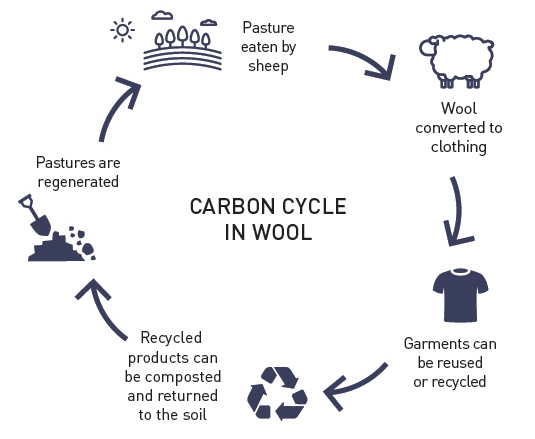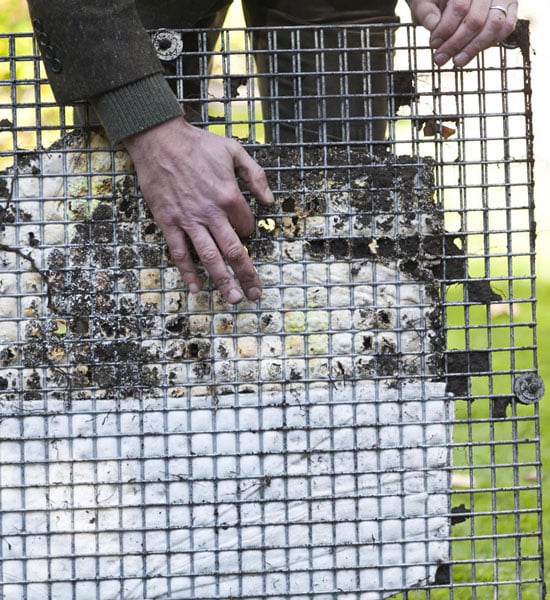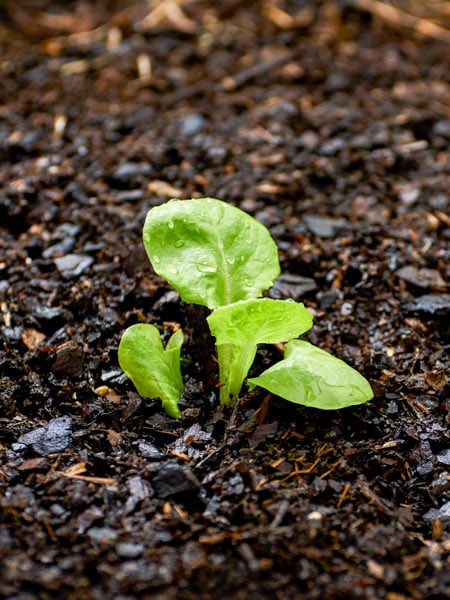Wool is a natural and renewable resource. As long as there is grass to eat, sheep will continue to produce wool. When 100% Merino wool fabrics are disposed of, it will naturally decompose in soil in a matter of months or years, slowly releasing valuable nutrients back into the earth. Synthetic fibres, on the other hand, can be extremely slow to degrade and significantly contribute to the world’s overflowing landfills.

How does wool biodegrade?
All materials of animal and vegetable origin have some degree of biodegradability, meaning that they are capable of being decomposed by the action of living organisms, such as fungi and bacteria.
Wool is composed of the natural protein keratin, which is similar to the protein that makes up human hair. When keratin is broken down naturally by microorganisms, the products do not pose any environmental hazard.
100% Merino wool fabrics can biodegrade by 95% after 15 weeks of burial in soil, but the rate varies with soil, climate and wool characteristics.
Wool readily biodegrades in warm, moist conditions
On disposal, if wool is kept warm and moist or buried in soil, fungal and bacterial growths develop which produce enzymes that digest wool.
On the other hand, thanks to the unique chemical structure of keratin and wool’s tough, water-repellent outer membrane, clean and dry wool fibres do not readily degrade. This allows wool products to be resilient and long-lasting in normal conditions.


